Creating a mascot for your brand is not just a character game, but an art that can completely change your image. Remembering my experience working on one of the popular projects, I realized how important the right approach to choosing an image is. Find out what steps will help you design an unforgettable mascot that will attract attention and win hearts.
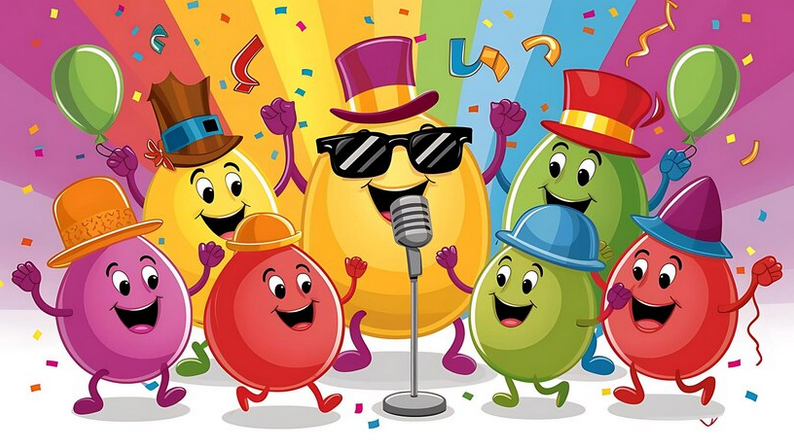
Glossary
🎭 Mascot is a character or symbol that represents a brand, company or product, and is used to create an emotional connection with the audience.
🎨 Branding is the process of creating a unique name and image for a product or company in the minds of consumers.
🤝 Emotional connection - feeling of affection and trust the feeling that consumers have for a brand, often through effectively used mascots.
🧙 Target audience (TA) - group The people a product or service is aimed at is often a key factor when designing a mascot.
🌟 Functionality of the mascot - roles played by mascot, including product promotion, participation in advertising campaigns and interaction with customers.
🐾 Types of mascots - classification of mascots according to different criteria, including their appearance and function.
🌈 Visual identity - a set of elements such like colors, fonts and logos that together form a brand image.
🎉 Advertising campaign - a set of events aimed to promote a product or service where the mascot can play a central role.
🗣️ The character is a fictional creature who can take part in actions and dialogues that differ from the mascot in their functionality.
🌍 Cross marketing - marketing strategy, which uses the interaction of two or more brands to achieve common goals, often using mascots.
📊 Market analysis - the process of collecting and evaluating market information to find the best solutions for creating and promoting a mascot.
💡 Creativity - the ability to create original ideas, which is the main basis for developing an attractive and memorable mascot.
📢 Positioning - the process of defining how a brand or the product will be perceived by consumers compared to competitors, and what role the mascot will play.
✏️ Design Concept - the initial idea representing what the mascot will be, including its color, shape and character.
📈 Feedback - information received from consumers about a product or service; can be used to improve the design and function of the mascot.
Creating a unique mascot: steps and nuances
When I started working on a mascot for one of my projects, I was filled with excitement and creative inspiration. I remember thinking at that moment: “How can I make this character stand out, be memorable, and become an audience favorite?” In this article I will share my experience and tell you how I approached this difficult but fascinating task.
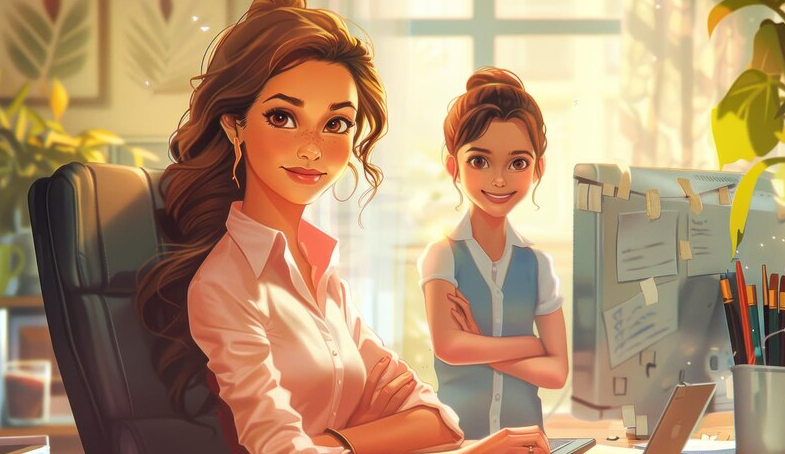
Who uses mascots and where
Mascots primarily find their place in companies that seek to establish an emotional connection with consumers. My observation is that young audiences are especially sensitive to characters who bring an element of play and fun into communication. For example, when I saw how the bright rabbit Kwiki from the Nesquik brand attracts the attention of children, it became obvious to me that it is precisely such faces that can influence the choice.
✨ In practice, mascots are divided into categories:
- 🎈 Children's Products: Mascots here often serve as "friends" and "mentors".
- 🍔 Highly competitive areas: For example, in fast food or clothing, a mascot helps you stand out among the many similar offers.
- 📊 Complex Products: In banks and technology companies, distinctive mascots can explain features of products, making them more accessible.
I remembered how examples of using a mascot in advertising and merch greatly increased interest and increased sales!
Why a company needs a mascot
Personally, I was amazed at the importance of mascots for business. Studies have shown that advertising with them brings up to 30% more profit. It became obvious to me: the brighter and more interesting the mascot, the easier it is for him to attract both children and adults.
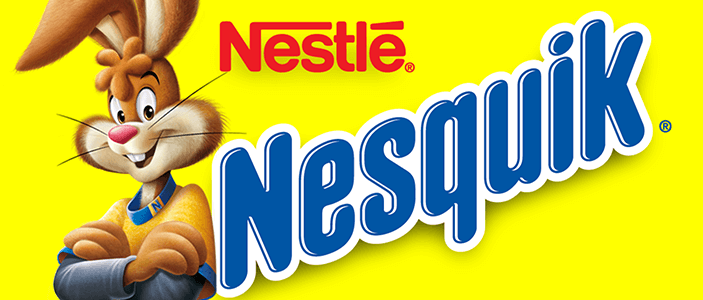
💡 Examples of successful use of mascots:
- At the 2024 FIFA World Cup, I witnessed how soft toys with the wolf Zabivaka sold much better than ordinary souvenirs.
- Research has shown that companies that incorporate mascots into their advertising campaigns significantly increase brand awareness and loyalty.
Mascots not only make a company stand out, but also create an emotional connection with customers. Such characters develop a unique and memorable image that is easy to associate with our favorite brand.
Is every character a mascot
Have you ever thought how important it is for a mascot to be more than just a picture? I realized that this should be a well-developed character with clearly defined character traits. For example, the Duracell rabbit - energetic and witty - has become the one who sets the tone for all brand communications.
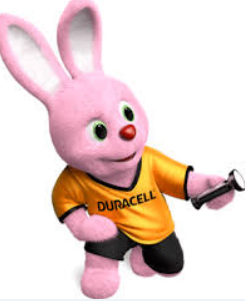
😺 However, static characters do not become real mascots, since they lack depth and dynamics. In my experience, a mascot must interact well with the audience, take part in communication and games, directly connecting to the brand and its values.
Types of mascots
The variety of mascots is amazing. I have noted various categories that can help a brand establish its identity:
- 🌟 People: The mascot can be a real person, like Samsung's girlfriend Sam.
- 🐶 Animals: Milka the cow is a classic example.
- 🌿 Plants: Tom is the Olympic Games mascot, represented as a stylized plant.
- 👽 Fictional Creatures: Foxy the fox from Foxtrot combines fun and modernity.
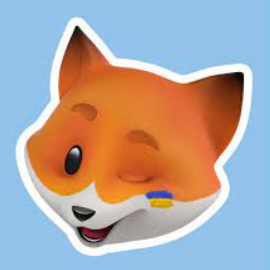
Each of them creates a unique style and images , which are easily perceived by the target audience and remain in memory for a long time.
In terms of role and functionality
Not all mascots are the same. Each of them can perform different roles and tasks. I noticed that some of them become not just heroes, but real advisers and helpers.
📚 Here's what we managed to highlight:
- 🤝 Friend : helps, entertains and gives advice.
- 📈 Expert: shares knowledge and experience, tackling complex issues.
- 🦸 Superhero: saves customers with company products.
- ❌ Villain: a figure that needs to be gotten rid of - harmful bacteria, for example.
In practice, creating a face for a specific task can significantly increase engagement and trust among your audience. So, in one of my projects I used a mascot to explain a complex product, and it was a success!
By number
When choosing a mascot for a brand, I noticed that he can be either an individual or part of a team . Having multiple characters, like Red and Yellow from M&M's, allows you to expand possible scenarios and attract a diverse audience.
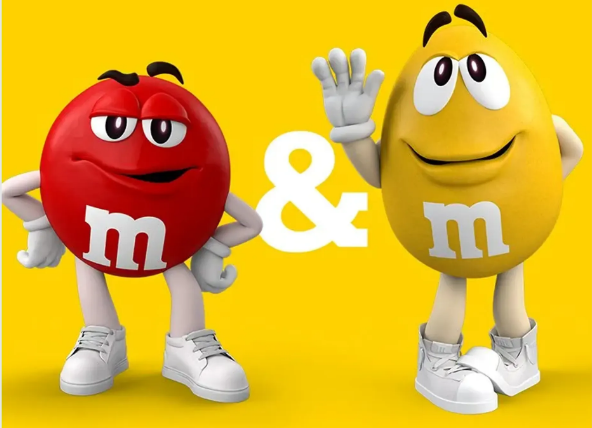
💡 Think about it. Which option is right for your brand? One powerful image or a whole team helping to tell different stories? Each of them has its advantages.
How to create a mascot
When creating a strategy for creating a mascot, I always highlight several key steps:
- Study your target audience: Determine who your clients are, what their interests and values are.
- Analyze your competitors: Find out what heroes already exist on the market and what makes them unique.
- Create a character: Emotional connection should be the main focus when developing a concept.
- Visualize the character: Create an image that will be remembered.
- Register a trademark: Protect your character from being copied.
🔍 Each stage of creation becomes much easier when you consider the core ideas and values of your company. I sought to create a character that aligned with the brand's philosophy and mission. And it worked!
Walkthrough
| Step | Description |
|---|---|
| 1. Research your target audience | Analyze the needs and interests of customers. |
| 2. Analyze your competitors | See what they're using other brands. |
| 3. Come up with a character concept | Create multiple ideas and choose the best one. |
| 4. Visualize the mascot | Create an image, complete animation. |
| 5. Introduce a character | Use all channels, create interaction. |
Each of these steps is important to creating a successful mascot that will not only attract attention , but will also become an audience favorite!

Often Mascot FAQs
What is the main purpose of a mascot for a brand?
The main purpose of a mascot is to represent the brand, establish an emotional connection with customers and increase awareness.
Who uses mascots?
Mascots are used by companies in a variety of industries, including sports, food, entertainment and technology companies.
Why do companies need a mascot?
A mascot helps you stand out from your competitors, helps create a positive image and strengthens customer loyalty.
Can any character be a mascot?
Not every character can be a mascot. The mascot must be recognizable, evoke positive emotions and be consistent with the brand image.
What are the types of mascots?
There are several types of mascots: by appearance (animals, characters, people), by role (active, passive) and by number (individual and teams ).
How to create an attractive mascot?
To create an attractive mascot, you need to research your target audience, create a unique design and determine the personality of the character that will correspond to the values of the brand.
How can a mascot interact with customers?
The mascot can interact with customers at events, on social media, and in advertising campaigns, creating an engaging and memorable experience for customers.
How long can a mascot remain relevant for a company?
The relevance of a mascot depends on its relevance, updating the design and adapting to changing trends and audience preferences.
What mistakes should you avoid when creating a mascot?
It is important to avoid stereotypical images, inconsistency with the brand image and excessive complexity of the design, which can make it difficult to perceive the mascot.
What is the role of a mascot in brand advertising?
A mascot in advertising helps to personalize a brand, makes it more accessible and attractive to the target audience, and also makes the advertising message easier to remember.
Thank you for reading and becoming more experienced! 🌟
When creating a mascot for our latest project, I understood that this was not just a character, but the face of the brand, which should resonate in people's hearts. We started by researching the target audience and identifying their pain points to create an image that would evoke empathy. Every design touch, every letter of the slogan was chosen with care. And now that we're seeing our work come to life, I'm glad I was able to share this experience with you. Your ideas could be the next big thing in marketing! Let me know in the comments what you think about it.
.gif)
Article Target
teach readers effective methods for creating a mascot
Target audience
marketers, businessmen, brand owners, designers
Hashtags
Save a link to this article
Yulia Portnova
Copywriter ElbuzWords are my tool in creating a symphony of online store automation. Welcome to my literary cosmos, where every idea is a star on the path to a successful online business!
Discussion of the topic – Mascot
Informing how to design an effective and attractive mascot to represent a brand.
Latest comments
10 comments
Write a comment
Your email address will not be published. Required fields are checked *













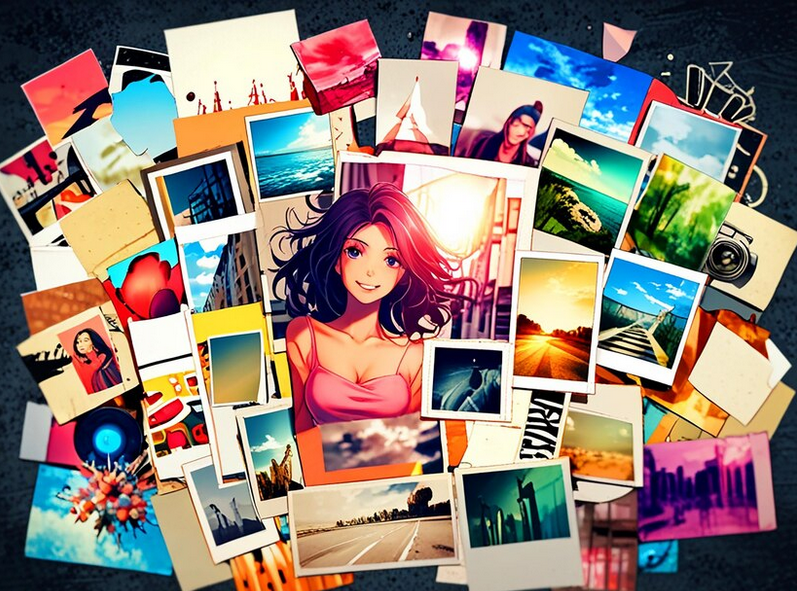
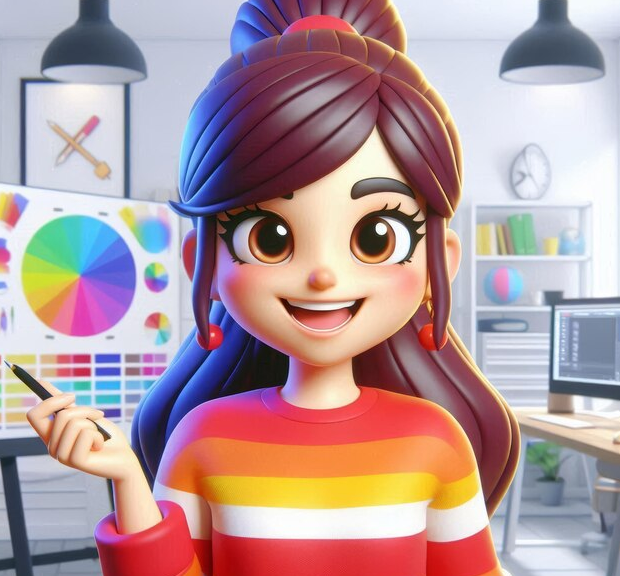
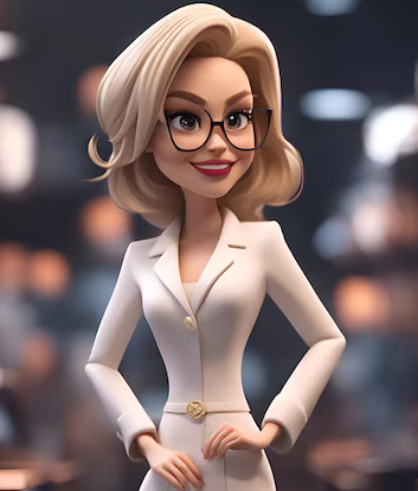
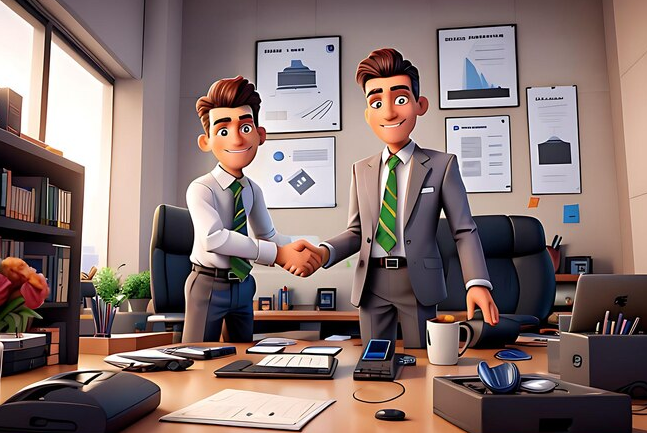
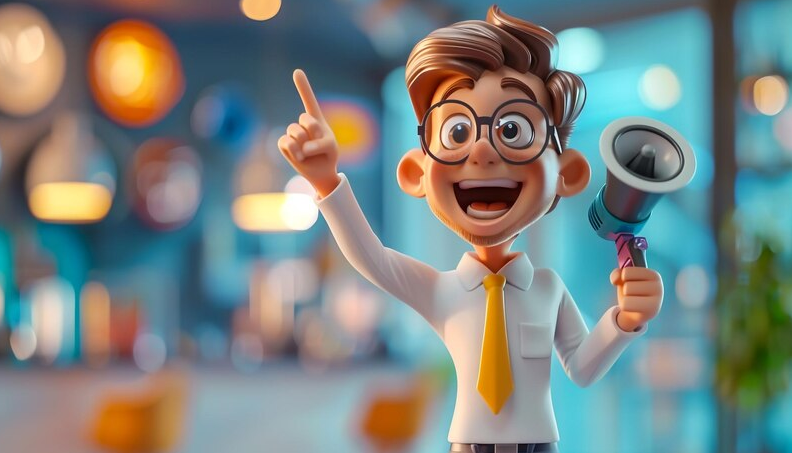
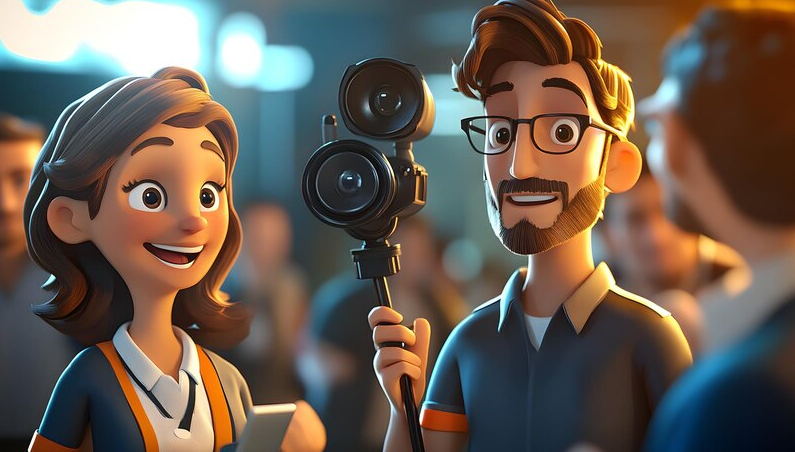

.png)
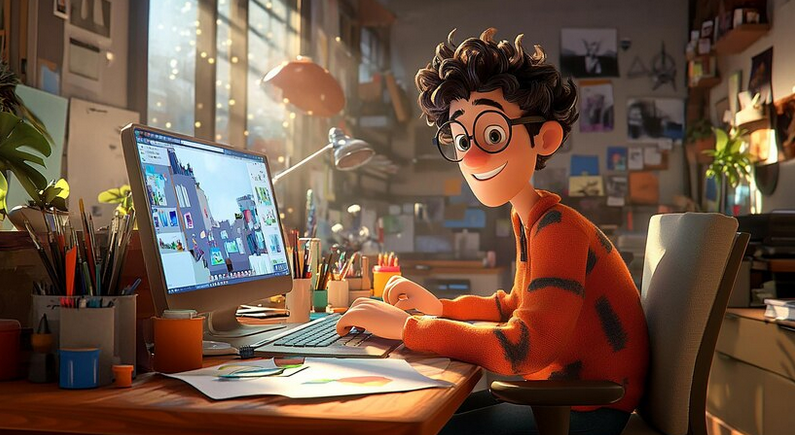
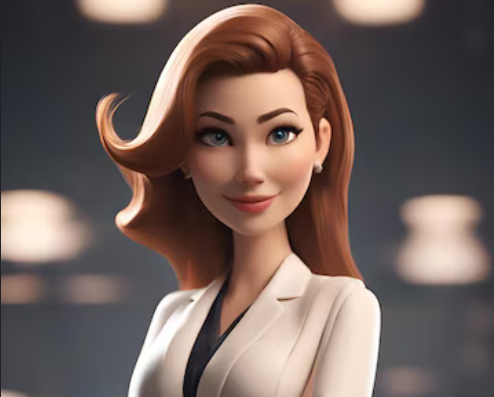
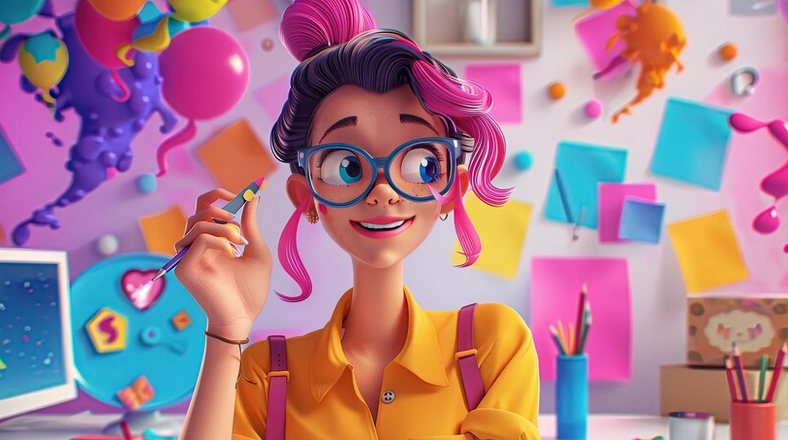
Юлия Портнова
Creating a mascot is not just a matter of design, but a real art! It is important not only to make it bright, but also to reflect the values of your brand. What are your most memorable examples of mascots?
Oliver Schmidt
I agree with Yulia! Friends, remember that a good mascot should evoke emotions. I was thinking about how to make it interactive. Do you think this is possible?
Sofia Garcia
Inspired by the idea of interactivity! Imagine a mascot asking questions or holding competitions. This can significantly increase audience engagement! 🎉
Jakub Nowak
I think using local traditions to create a mascot would be a great move! Every time I see national symbols, they bring back fond memories to me.
Marc Dupont
The brutal approach is also interesting! You can create a mascot that will reflect not only positive, but also negative traits, showing that everyone can change!
Anita Müller
Don't forget about collaborations! The mascot can become part of various projects and promotions, which will make it even more memorable. Do you think this will have a good effect?
Владимир Петров
Yes, blah blah blah. All these mascot trends are nonsense. People are actually much simpler: it is important that the product is good, and a mascot is just a distraction. Do you agree?
Илона Смирнова
Vladimir, but a well-designed mascot can work great for your image! For example, we noticed a jump in sales after creating our mascot, which became a symbol of reliability. 📈
Юлия Портнова
Great use of a mascot, Ilona! It's always interesting to hear about successful examples. How exactly do you implement it into your marketing?
Maria Rossi
I believe that a mascot should be universal: easily adapt to various platforms and campaigns. It's about the integrity of the brand image!